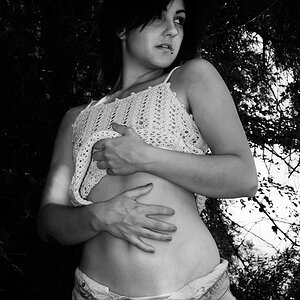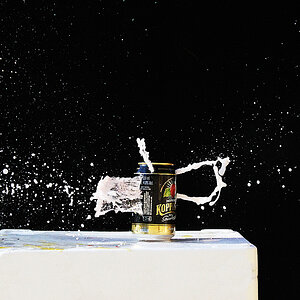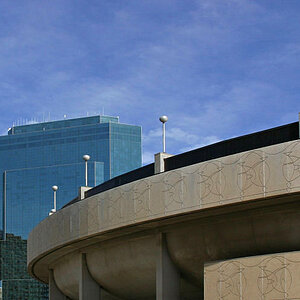Darawan
TPF Noob!
- Joined
- Feb 23, 2014
- Messages
- 55
- Reaction score
- 0
- Location
- Iraq,Kurdistan
- Can others edit my Photos
- Photos OK to edit
how I can get dark , flat , and bias frames ???? please explain it very well  ??????????????????????????
??????????????????????????
these is second time but still i cant understand , i will take a shot of milky way , so i wanna bring out much possible details of milky way for that reason i wanna sub frames , my camera is cropped sensor
for that reason i wanna sub frames , my camera is cropped sensor  canon 60D
canon 60D  .
.
thank you
these is second time but still i cant understand , i will take a shot of milky way , so i wanna bring out much possible details of milky way
thank you



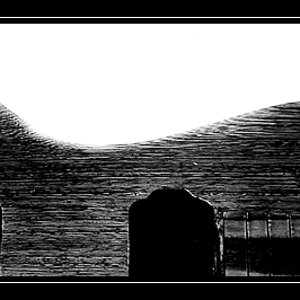

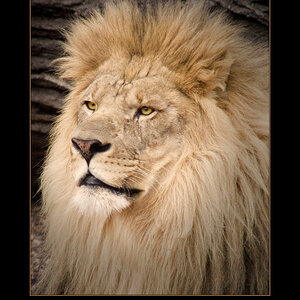

![[No title]](/data/xfmg/thumbnail/32/32005-d13a0bcc56327c42bd32dff4b0776658.jpg?1619735150)
